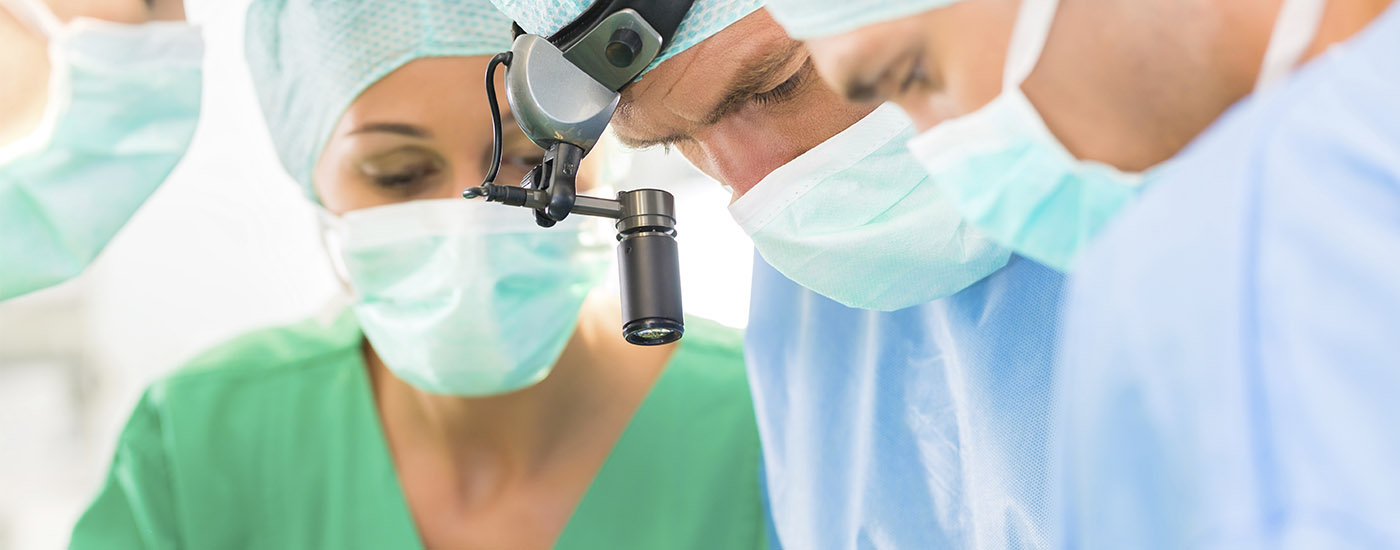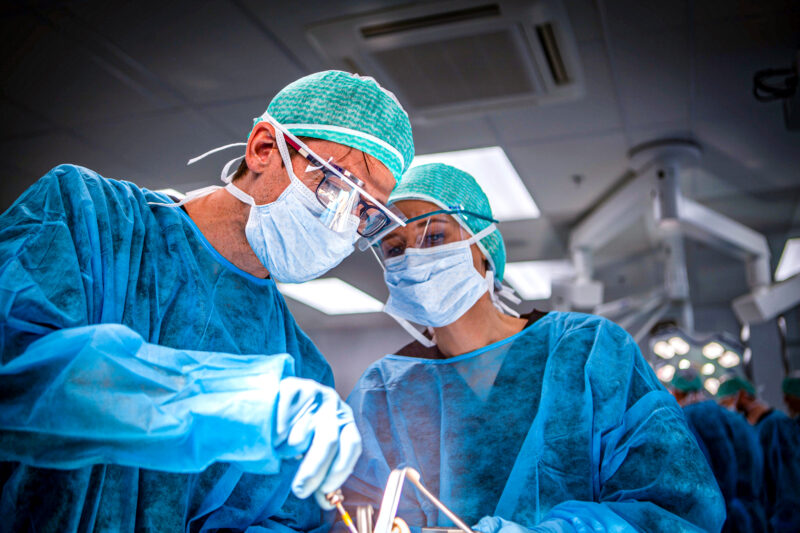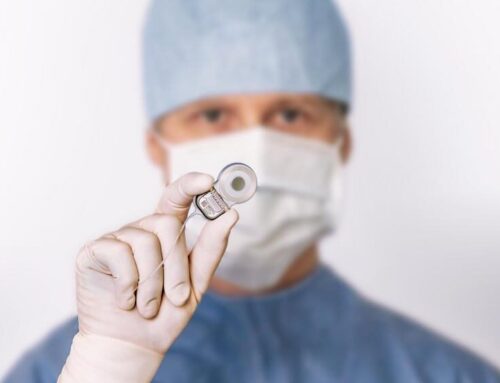What happens during a cochlear implant operation and what preparations and measures are necessary?
Below you can find out exactly how a cochlear implantation works, what requirements are necessary, the preparations that need to be made beforehand and what needs to be considered after the operation:

If all the examinations and consultations on your hearing status lead to the decision for a cochlear implant, the path to hearing (again) takes place in the following steps:
Necessary preliminary examinations:
- Pre-operative standard examinations such as lung x-ray, blood test, etc., which are approved by a specialist.
- Computer tomography (CT scan) to obtain an "inside view" of the hearing organ and special testing of the auditory nerve function are the basic prerequisites for successful implantation.
Measures before the operation:
- Avoid situations where you could catch a cold before the operation
- Check the list of medications you may be taking regularly with your doctor
The surgery:
After decades of further development of the surgical technique, the duration of the operation is now much shorter. This is why this surgical procedure is now considered a standard operation and takes an average of one to two hours, even with simultaneous bilateral ear care.
During implantation, the receiver coil is fixed in the skull bone behind the ear and an electrode array is inserted into the cochlea through a small opening, the so-called round window.
After the surgery:
- Due to the small incision, the soreness will not last long or be too big.
- As the procedure is taking place close to the organ of balance, slight dizziness may occur in rare cases, more often in older patients.
- The following should be noted after release from the hospital:
- Possible intake of necessary medication (antibiotics, painkillers etc.)
- No hair washing until the stitches are removed
- General rest in the first few weeks after the operation
The first fitting:
The so-called initial fitting takes place at the earliest after suture removal (around ten days after the operation), but no later than the fourth postoperative week. The patient receives the outer part of the implant, the so-called "audio processor", which is worn behind the pinna or as a button processor (slightly above). This is because the system can only be activated with it. Until this day, the ear is still deaf after the operation. The audio processor is switched on and adjusted. From now on, audio signals can be transmitted to the implant and heard. A great and unforgettable moment for patient and relatives!

You are currently reading:












